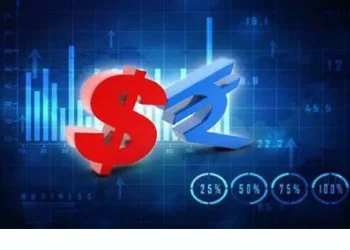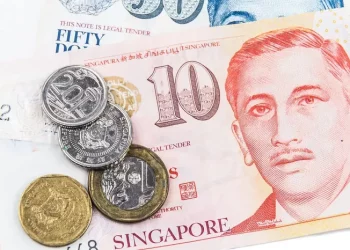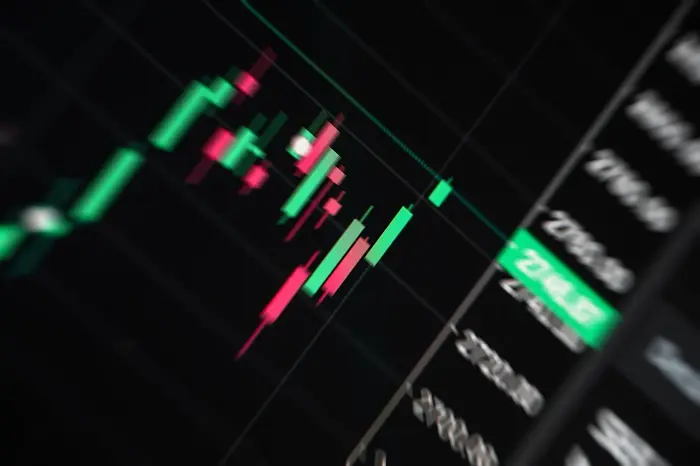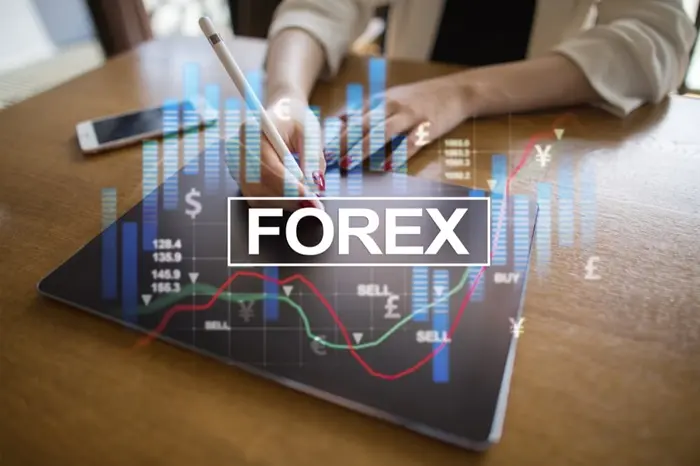The United States dollar (USD) is one of the most influential currencies in the world. For decades, it has been the dominant reserve currency, used in global trade, investments, and held by central banks as a store of value. Despite fluctuations in its value over time, the USD remains one of the strongest and most widely used currencies in the global financial system. But why is the USD worth so much? This article aims to explore the factors that contribute to the USD’s strength and its position as the world’s primary reserve currency.
In this detailed guide, we will explore the economic, historical, and geopolitical factors that contribute to the value of the USD. We will also look into how the USD maintains its value, the role it plays in the global economy, and why it continues to be a favored currency for trade and investment worldwide.
The Basics of Currency Value
Before delving into why the USD is worth so much, it’s important to understand what determines the value of any currency. In simple terms, a currency’s value is determined by the supply and demand for that currency in the foreign exchange (forex) market. Several factors influence supply and demand, including:
Economic Performance
The overall health of a country’s economy is one of the most significant factors in determining the value of its currency. Strong economic growth, low unemployment, and high productivity tend to increase the demand for a country’s currency.
Interest Rates
Interest rates set by a country’s central bank influence the attractiveness of that country’s currency. When a country raises its interest rates, it typically leads to an increase in demand for its currency, as investors seek higher returns.
Inflation
Inflation is another crucial factor that impacts the value of a currency. High inflation erodes the purchasing power of a currency, decreasing its value. Conversely, low inflation helps maintain or increase the value of a currency.
Government Debt
Countries with high levels of government debt may see a decrease in the value of their currency. High debt can lead to inflation or fiscal instability, which makes a currency less attractive to investors.
The Role of the United States Dollar in the Global Economy
The USD’s worth is deeply tied to its role in the global economy. The United States is the largest economy in the world, and the USD is the preferred currency for international trade and finance. Let’s examine how this plays out in various aspects of the global economy.
Global Reserve Currency
One of the primary reasons why the USD is worth so much is its status as the world’s primary reserve currency. A reserve currency is a currency that is held in significant quantities by central banks and other institutions as part of their foreign exchange reserves. The USD accounts for around 60% of global foreign exchange reserves, a proportion that far exceeds any other currency.
This dominance has been built over decades, particularly after World War II when the Bretton Woods Agreement established the USD as the central currency in the international monetary system. Under the agreement, the USD was pegged to gold, and other currencies were pegged to the USD. Although the US abandoned the gold standard in 1971, the USD’s position as the global reserve currency has remained intact.
Global Trade and Commodities
The USD is also the dominant currency in global trade. Most international transactions, particularly in commodities like oil, gold, and other raw materials, are conducted in USD. This is often referred to as the “petrodollar” system, where countries buy and sell oil using USD. This system further reinforces the demand for USD around the world, as countries must hold USD to facilitate trade in these vital sectors.
In addition to oil, other commodities, such as metals and agricultural products, are also often priced in USD. This widespread use of the USD in global trade increases its demand, further boosting its value.
Investment and Financial Markets
The USD is also the currency of choice for global investors. Many of the world’s largest financial markets, including the New York Stock Exchange (NYSE) and NASDAQ, are based in the United States and operate primarily in USD. As a result, investors and institutions around the world often purchase USD to invest in US assets such as stocks, bonds, and real estate.
The stability and liquidity of US financial markets make them an attractive destination for global capital. As foreign investment flows into the United States, the demand for USD increases, contributing to its strength.
The Strength of the US Economy
The strength of the US economy plays a pivotal role in the value of the USD. Let’s explore the key factors that contribute to the United States’ economic dominance and the subsequent value of its currency.
Size and Diversity of the Economy
The United States has the largest economy in the world, with a GDP that exceeds $20 trillion. This economic size provides the USD with significant backing. A larger economy typically leads to greater global demand for that country’s currency, as it increases the overall volume of international trade and financial transactions conducted in that currency.
The US economy is also incredibly diverse, with robust sectors in technology, finance, manufacturing, agriculture, and services. This diversity ensures that the US can weather various economic challenges, which in turn supports the strength of the USD.
Innovation and Technological Leadership
The United States has long been a leader in technological innovation and entrepreneurship. Silicon Valley, for example, is home to some of the world’s most influential companies, including Apple, Microsoft, and Google. These tech giants contribute to the strength of the US economy by creating high-paying jobs, fostering innovation, and generating significant wealth.
The global dominance of American tech companies also leads to increased demand for USD as international customers and investors conduct business in the currency.
Stable Political Environment
The political stability of the United States also supports the value of the USD. As a democratic country with established institutions, the US has been able to maintain a relatively stable political environment, which is attractive to investors. Political stability reduces uncertainty in financial markets and encourages the continued demand for the USD.
Strong Military Power
The United States maintains the largest and most powerful military in the world, which gives it significant geopolitical influence. This military power contributes to the global confidence in the US economy and, by extension, the USD. The ability to project military power worldwide reinforces the United States’ political and economic dominance, making the USD a trusted currency in international trade and finance.
The Federal Reserve’s Role in the Value of the USD
The Federal Reserve (the Fed) is the central bank of the United States, and its monetary policies have a significant impact on the value of the USD. The Fed controls the money supply and sets interest rates, both of which influence the value of the USD in global markets.
Interest Rates and Monetary Policy
The Federal Reserve’s decisions regarding interest rates play a key role in the strength of the USD. When the Fed raises interest rates, it increases the return on USD-denominated assets, making them more attractive to investors. As a result, demand for USD increases, which can drive up its value.
Conversely, when the Fed lowers interest rates, the USD tends to weaken as investors seek higher returns elsewhere. The Fed uses interest rate adjustments as a tool to manage inflation and stimulate economic growth, but these decisions also have direct consequences for the value of the USD.
Quantitative Easing and Money Supply
In addition to adjusting interest rates, the Federal Reserve can influence the value of the USD through monetary policy tools such as quantitative easing (QE). QE involves the Fed purchasing government bonds and other assets to inject money into the economy. While QE can stimulate economic growth, it can also lead to a decrease in the value of the USD if it results in an increase in the money supply without a corresponding increase in economic output.
The Fed’s management of the money supply is crucial in maintaining the value of the USD. When the Fed is perceived as effectively managing inflation and economic growth, it strengthens confidence in the USD, which supports its value.
The Global Demand for the USD
The widespread global demand for the USD is another key factor in its value. As mentioned earlier, the USD is the world’s primary reserve currency, and it is used in international trade, investments, and as a store of value. This global demand for USD ensures that the currency remains highly valued.
The Role of Central Banks
Central banks around the world hold large amounts of USD in their foreign exchange reserves. This helps stabilize their own economies and facilitates international trade. The fact that central banks continue to hold USD demonstrates the trust and confidence that the global financial system has in the currency.
Geopolitical Factors
Geopolitical events and crises can also influence the demand for USD. During times of economic or political instability, investors tend to flock to the USD as a safe-haven asset. The USD’s perceived safety and stability during periods of uncertainty contribute to its high demand and, consequently, its value.
Conclusion
The USD is worth so much due to a combination of factors that contribute to its widespread demand and usage. The United States’ economic dominance, the USD’s status as the global reserve currency, and the policies of the Federal Reserve all play a significant role in maintaining the value of the dollar. Additionally, the USD’s role in global trade, investment, and finance ensures that it remains one of the most widely held and trusted currencies in the world.
While the USD’s value may fluctuate in the short term due to changes in economic conditions or geopolitical events, its long-standing position as the world’s dominant currency suggests that it will continue to play a central role in the global financial system for years to come. Understanding the factors that contribute to the USD’s strength is crucial for investors, policymakers, and anyone with a stake in the global economy.

































